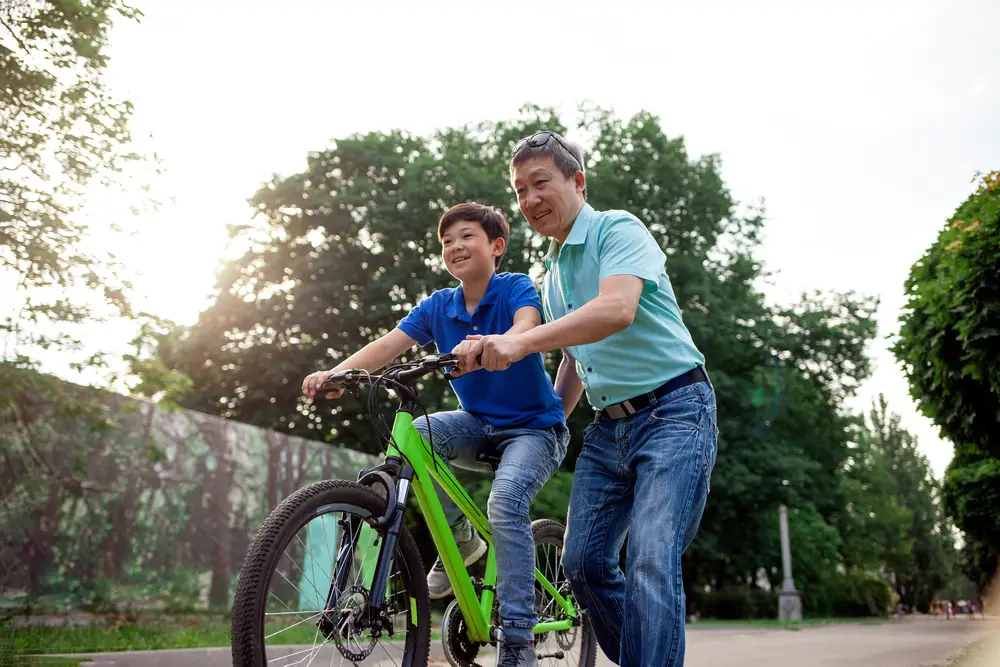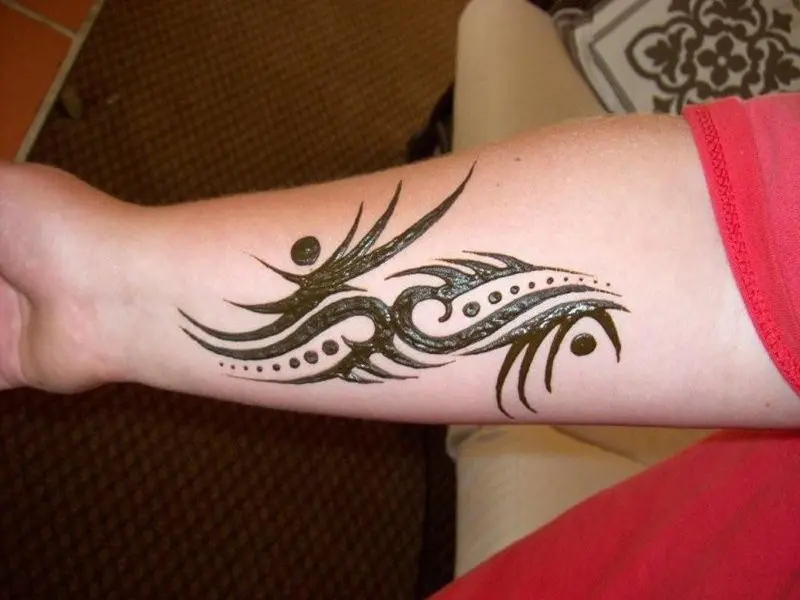Learning to ride a bike boosts confidence, independence, and a lifelong joy of cycling. As a parent, you play a key role in making this process engaging and ensuring your child’s safety from the first wobbly pedal strokes to skilled street riding.
Start with Balance Basics
Before adding pedals to the equation, the experts at Woom say you should help your child master balance and steering with a strider bike or balance bike. These lightweight kids’ bikes allow children to sit on a regular seat and push themselves along with their feet. Let your child set the pace, gradually gaining control and confidence through practice. Verbally guide them to steer around objects, use brakes, and lean into gentle turns. Gradually increase distance and introduce gentle slopes. Kids who are comfortable balancing, coasting, and stopping show readiness to transition to a pedal bike.
Pedal Power Practice
When your child seems ready for a pedal bike, start them on a flat, grassy area without distractions. Lower the seat so feet can touch the ground while seated. Outfit the bike with training wheels if needed for stability. Hold the back of the seat as you walk them through pedaling, steering, using coaster brakes, and gaining momentum. Let go periodically so they learn to balance independently. Keep practicing until coordinated pedaling, braking and balanced gliding become second nature.
Make Safety Non-Negotiable
Before your child takes to the streets, set firm safety rules. Require an approved helmet on every ride, properly fitted and fastened. Bright clothing increases visibility and closed-toe shoes prevent scrapes. Explain bike etiquette like riding single file, announcing “on your left,” and obeying traffic signs and signals. Start slow in flat, quiet areas. Coach them to scan for cars at every intersection. With repetition, safe habits become ingrained for a lifetime. Your supervision remains key until kids prove they can follow rules solo.
Add “Brake” to Their Vocabulary
Safe riding requires quick, responsive braking. With coaster brakes, kids just need to remember to pedal backward. Hand brakes offer more precise control but require practice. Use “brake” as a verbal cue until braking becomes second nature. Have kids repeat “brake, brake, brake” every time they stop. Create games like Red Light Green Light to reinforce safe braking. Test braking on gentle hills for added challenge. Consistent coaching converts braking into a vital reflex.
Nurture Balance and Steering
Once pedaling is mastered, continue nurturing balance, steering and control. Create fun drills like riding in increasingly narrower straight lines and weaving through cones. Ride side-by-side and practice looking ahead versus down. Challenge kids to ride with one hand then the other. Stop quickly on your verbal command. Praise small achievements and offer patience with setbacks. Progressively increase distance to build endurance once skills solidify.
Make It Fun
Injecting fun into practice keeps kids motivated. Create skill challenges and scavenger hunts. Make bicycle-themed crafts to spark excitement. Schedule group rides with other families and let kids show off new abilities. Visit bike parks and trails to put skills into practice in exciting new environments. Praise their initiative and hard work mastering this milestone. Share their enthusiasm and reward practice with special treats or privileges. With your encouragement, each new skill will instill pride.
Conclusion
Learning to ride is filled with skinned knees, wobbles, and falls. But the glow on your child’s face when they finally take off pedaling solo makes every teaching moment worthwhile. Lay the groundwork with proper equipment, safety knowledge and techniques. But also impart wisdom, pride and joy so cycling becomes a treasured lifetime activity.



